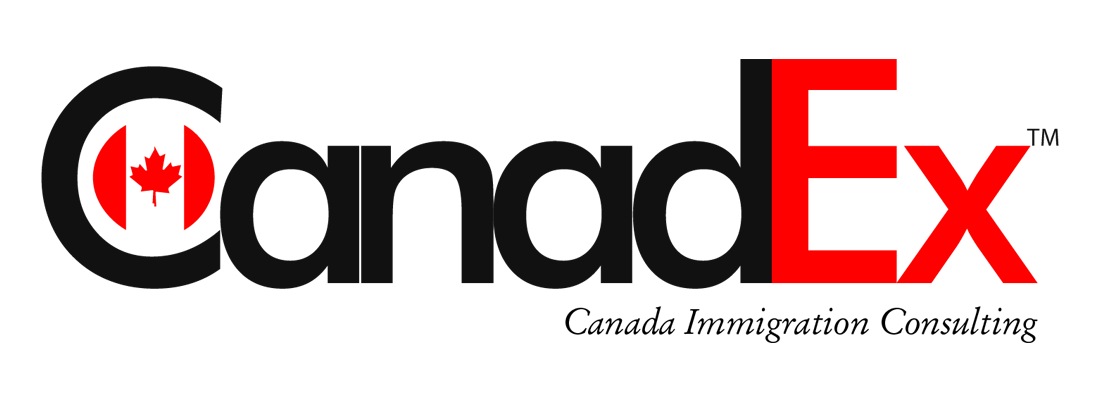Canada is poised to revamp its economic immigration system with significant amendments to the Immigration and Refugee Protection Regulations. This new initiative, outlined in the Forward Regulatory Plan: 2024-2026, seeks to establish a novel permanent economic class targeting workers in Training, Education, Experience, and Responsibilities (TEER) 4 and 5 occupations. Scheduled for pre-publication in Fall 2024, these changes aim to diversify the skills and experiences among permanent residents, opening new avenues for many foreign nationals who are already integral to the Canadian workforce.
New Economic Class for TEER 4 and 5 Workers
The proposed amendments mark a pivotal change in Canada’s economic immigration strategy. By instituting a permanent economic class for TEER 4 and 5 workers, the government acknowledges the essential roles these individuals play across various sectors, including healthcare, hospitality, and manufacturing. TEER 4 and 5 occupations often involve crucial but lower-skilled tasks that are vital to the functioning of these industries. This initiative is designed to provide a structured pathway for these workers to transition from temporary to permanent residency, addressing the longstanding need to recognize their contributions to the Canadian economy.
Implementation Timeline and Regulatory Efficiency
A noteworthy aspect of these amendments is the streamlined implementation process, which does not necessitate regulatory cooperation efforts domestically or internationally. This efficiency allows the changes to focus solely on the specific needs of the Canadian labor market without the delays associated with international negotiations. Immigration, Refugees, and Citizenship Canada (IRCC) has set a timeline targeting pre-publication in the Canada Gazette, Part I, by Fall 2024. Following this, the final publication in Canada Gazette Part II will cement the regulatory changes, formally establishing the new economic class.
Positive Impacts on Canadians and Businesses
The introduction of a new permanent economic class for TEER 4 and 5 workers is expected to yield extensive benefits for both the Canadian economy and society. For businesses, especially those heavily reliant on these occupations, the regulatory change promises to alleviate persistent labor shortages. By offering a clear path to permanent residency, employers can retain skilled and experienced workers, thereby reducing turnover and enhancing workforce stability.
For Canadians, the benefits are multifaceted. Incorporating TEER 4 and 5 workers into the permanent residency framework ensures the robustness and reliability of essential services. This initiative supports economic diversification by attracting and retaining a broader spectrum of skills and experiences, crucial for a resilient and competitive economy.
Stakeholder Consultations and Public Engagement
As part of the regulatory process, IRCC will conduct consultations to gather feedback and refine the proposed amendments. The pre-publication phase in the Canada Gazette, Part I, will invite stakeholders—including businesses, advocacy groups, and the general public—to review and comment on the proposed changes. This consultative approach ensures that the final regulations reflect the needs and concerns of all interested parties, enhancing the effectiveness and acceptance of the new economic class.
A Vision for a More Inclusive Future
The introduction of a new permanent economic class for TEER 4 and 5 workers underscores Canada’s commitment to fostering a more inclusive and responsive immigration system. By recognizing the indispensable contributions of workers in these occupations, the government provides them with a viable pathway to build a future in Canada. This regulatory initiative aligns with broader efforts to modernize and diversify the Canadian economy, ensuring the country remains competitive and resilient in an increasingly globalized world.
As the Fall 2024 target date approaches, anticipation is building among potential candidates and employers, eager to witness the positive impacts of these forward-thinking amendments. In conclusion, Canada’s Forward Regulatory Plan 2024–2026 represents a significant step toward a more inclusive and adaptable immigration system. By expanding opportunities for TEER 4 and 5 workers, the government is addressing current labor market needs while laying the foundation for sustained economic growth and social cohesion. As these amendments progress through the consultation and publication phases, they promise to usher in a new era of opportunity for many individuals who have long contributed to the Canadian dream.
Interested in Immigrating to Canada?

